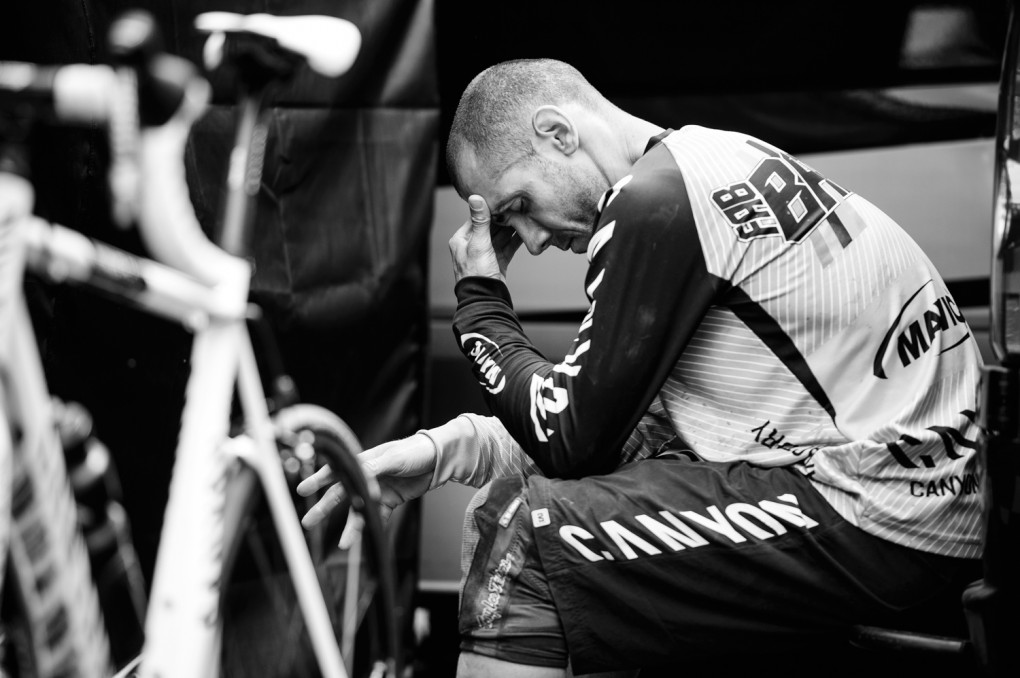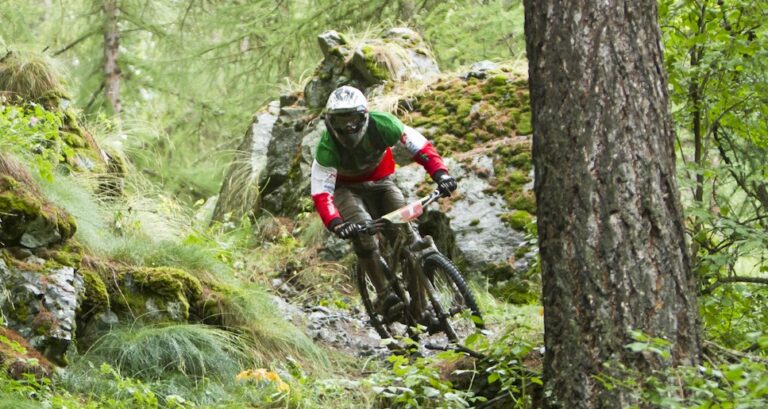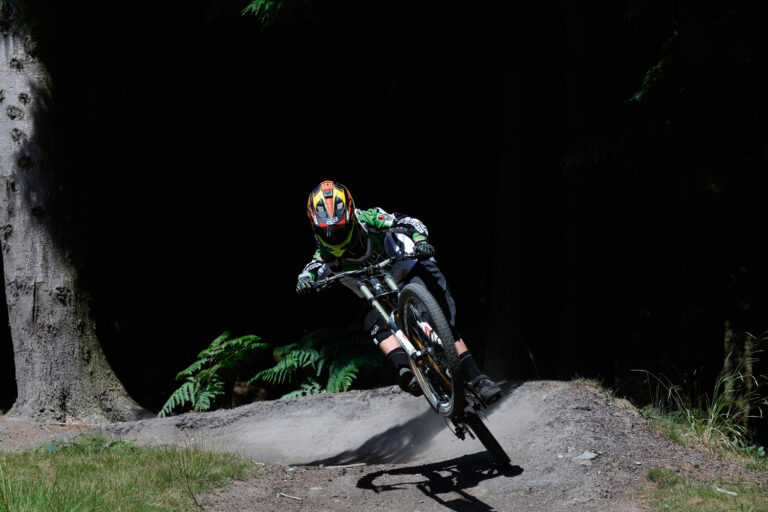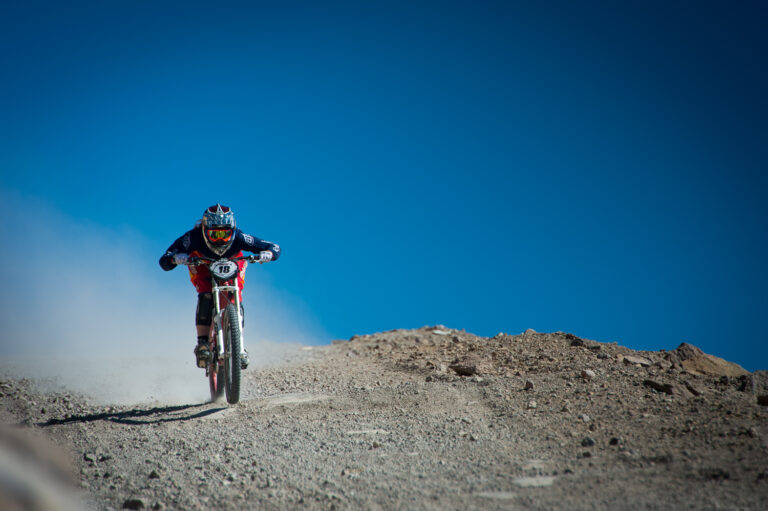
I’m often asked what training an athlete should and shouldn’t do. Which exercises are best for certain sports or to help improve performance…
From Dirt Issue 140 – October 2013
Words by Darren Roberts. Photos by Sven Martin.
The thing is, I’m not sure what ‘performance’ means anymore – ironic as I’m supposed to be a High Performance Manager. A fitness or S&C coach (not sure what the difference is their either) will try and ‘improve’ performance by manipulating adaptations to muscles and energy systems. We make the athlete fitter and stronger through constructing pretty undulating periodised training plans with micro and macro cycles, all colour coded and everything. By getting the athlete to follow these plans, they follow the undulating wave upwards – riding the supercompensations. As coaches we sit back and marvel at our work as the athlete gets fitter and stronger, which is making them a ‘better’ athlete, it’s improving their ‘performance’ isn’t it? Maybe not.
Metaphorically we train athletes today based on information we found out last week, when we really need to be preparing them for tomorrow. Preparing athletes for competition, to ‘perform’ in front of a crowd (with everything and anything ‘riding’ on the performance) isn’t something that is achieved through simply increasing three–rep max on deadlift. An SRM crank isn’t going to help with the split second instinctual reaction an athlete can make at a given moment which may decide whether they’re World Champion or not. I’m not talking about sports psychology, or NLP, but a rounded approach which acknowledges the ‘performance’ in the performance, in a theatrical sense.
It’s not just about ‘positive self talk’ from a psychological view, or how effectively the muscles can produce and maintain strength, power and endurance, how efficiently the cardio vascular system can transport oxygen to the muscles. It’s putting on a show, rising to the occasion, literally ‘performing’ in front of a crowd with very real consequences to both failure and success, which are also public. When does an athlete stop being a collection of data points, key performance indicators and energy systems to be manipulated and become a person? If coaching is as much an art as it is a science can’t the same be said for athletes? We see artists as creative people, creating something from nothing. Isn’t this what athletes do? Aren’t they creative? Isn’t that creativity and emotional expression key to their performance?
I was at the Nike Performance Summit recently, humbled to be invited to it again. A question was posed. In percentage terms, how much is that ‘moment’, that deciding moment when a game turns (a decision by an athlete which turns events) is down to the mental X factor, creativity whatever you want to call it? One hundred and fifty of the world’s top practitioners generally agreed it was 60%+. Now that’s an arbitrary number, but the point is that we all agreed it was a significant portion of the deciding factor in a competitive environment, in front of a crowd, but does that play a significant part of our preparation? No.
There’s a lot more to high performance than physiological and psychological measures. What can be learned from other people that have to perform at a high level, such as the Special Forces? They don’t know what they’re going to do, or where, with life threatening consequences, but they still manage. In sport we know when the races are, how long they are and who else is going to be there – in fact there isn’t anything we don’t know about the challenge the athlete will face (apart from possibly weather), so what’s the problem?
Are we making it too complicated for ourselves? Possibly, but the next frontier in athlete performance is not exponentially more complicated ways to gather data to manipulate muscles. The next frontier is in creativity, artistry – exploring and understanding the art of performance. So the key message is, get yourself signed up to your local amateur dramatics society and watch your race times fall!
Darren Roberts is Head of High Performance at Red Bull UK working with the likes of the Atherton family, Danny MacAskill, MX enduro star David Knight and many, many others.This article is part of the Work Out series. You can find the rest of Darren Roberts’ training tips through the links below:
[series]





